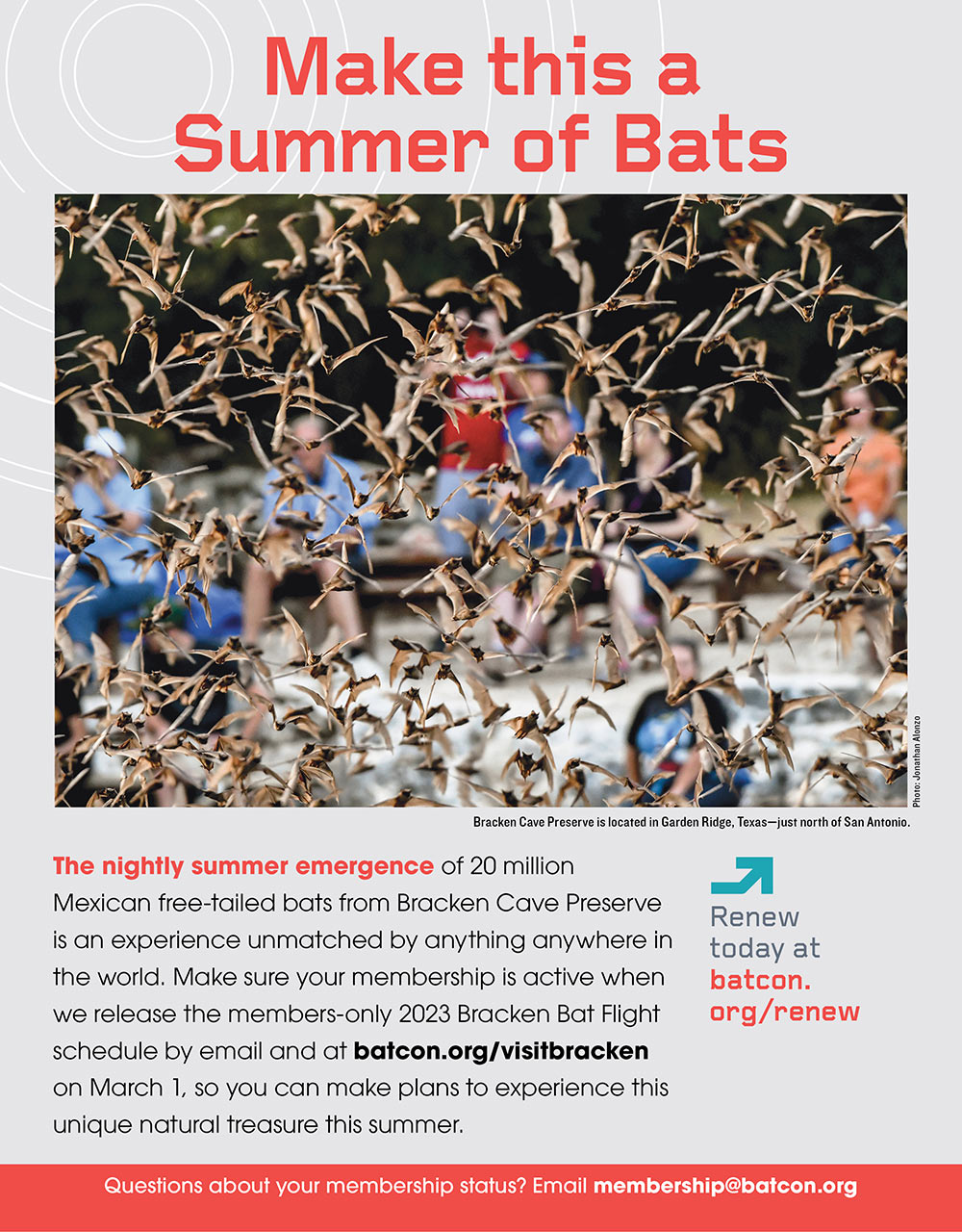Bat Conservation International Bats Magazine

that Care

Inside this Issue

Features
Departments
news & updates
- Northern long-eared bats reclassified
- See Bracken Cave’s Batnado this summer
- Coming together to save Mexico’s bats
- Recognizing pollinators
- Gains for bats in Trinidad
- Environmental DNA clues
- Restoring New Mexico’s Black Canyon following a devastating wildfire

Image: Dr. Jon Flanders


BCI’s Resolve to Save Endangered Species
ast year was a good year for bat conservation. Among several notable accomplishments, Bat Conservation International (BCI) worked with Jamaican authorities to complete the purchase of Stony Hill Cave and the surrounding land to provide long-term protection for the last known maternity roost of Critically Endangered Jamaican flower bats (Phyllonycteris aphylla), or the “marshmallow bats” according to my youngest daughter.
We discovered the first-ever maternity roost for the Critically Endangered Hill’s horseshoe bat (Rhinolophus hilli), building on our earlier rediscovery of the bat in 2019. It had been presumed extinct for nearly 40 years before BCI and our partners found the bat in Rwanda’s Nyungwe National Park in 2019. We announced the species’ rediscovery in 2022, published the findings in Biodiversity Data Journal, and then discovered the maternity roost tree all in one year. This sets the stage for future conservation now that we understand more about the bat’s habitat needs.
Masthead

500 North Capital of Texas Highway, Building 1
Austin, TX 78746
512.327.9721
Kristen Pope
Javier Folgar
Michelle Donahue / Proofreader
Publication Management GLC, part of SPM Group
Bats Magazine welcomes queries from writers. Send your article proposal in a brief outline form and a description of any photos, charts, or other graphics to the Editor at pubs@batcon.org.
Members: We welcome your feedback. Please send letters to the Editor to pubs@batcon.org. Changes of address may be sent to members@batcon.org or to BCI at our Austin, Texas, address above. Please allow four weeks for the change of address to take effect.
Chair
Dr. Andrew Sansom,
Vice Chair
Don Kendall, Treasurer
Eileen Arbues, Secretary
Dr. Gerald Carter
Gary Dreyzin
Dr. Brock Fenton
Timo Hixon
Maria Mathis
Dr. Shahroukh Mistry
Sandy Read
Dr. Nancy Simmons
Jenn Stephens
Roger Still
Dr. Enrico Bernard
Dr. Sara Bumrungsri
Dr. Gerald Carter
Dr. Liliana Dávalos
Dr. Brock Fenton
Dr. Tigga Kingston
Dr. Stuart Parsons
Dr. Paul Racey
Dr. Danilo Russo
Dr. Nancy Simmons
Dr. Paul Webala
Mike Daulton, Executive Director
Mylea Bayless, Chief of Strategic Partnerships
Dr. Winifred Frick, Chief Scientist
Michael Nakamoto, Chief Operations Officer
Kevin Pierson, Chief of Conservation and Global Strategy
Visit BCI’s website at batcon.org and the following social media sites:


Northern Long-eared Bats Reclassified as Endangered
In November 2022, the U.S. Fish and Wildlife Service reclassified northern long-eared bats (Myotis septentrionalis) as Endangered. First listed as Threatened under the Endangered Species Act in 2015, the species has been decimated by White-nose Syndrome (WNS) across its range—which includes 37 states—and it now faces extinction.
WNS affects hibernating bats, causing them to rouse from hibernation and expend the energy they need to survive the winter, often resulting in starvation before spring. Populations of northern long-eared bats that have been impacted by WNS have declined 97–100%, and scientists expect that WNS (which currently is found in 80% of the species’ range) will affect its entire range by 2030.
In September 2022, the U.S. Fish and Wildlife Service also proposed listing the tricolored bat (Perimyotis subflavus) as Endangered due to the impact of WNS. A decision is expected this year.
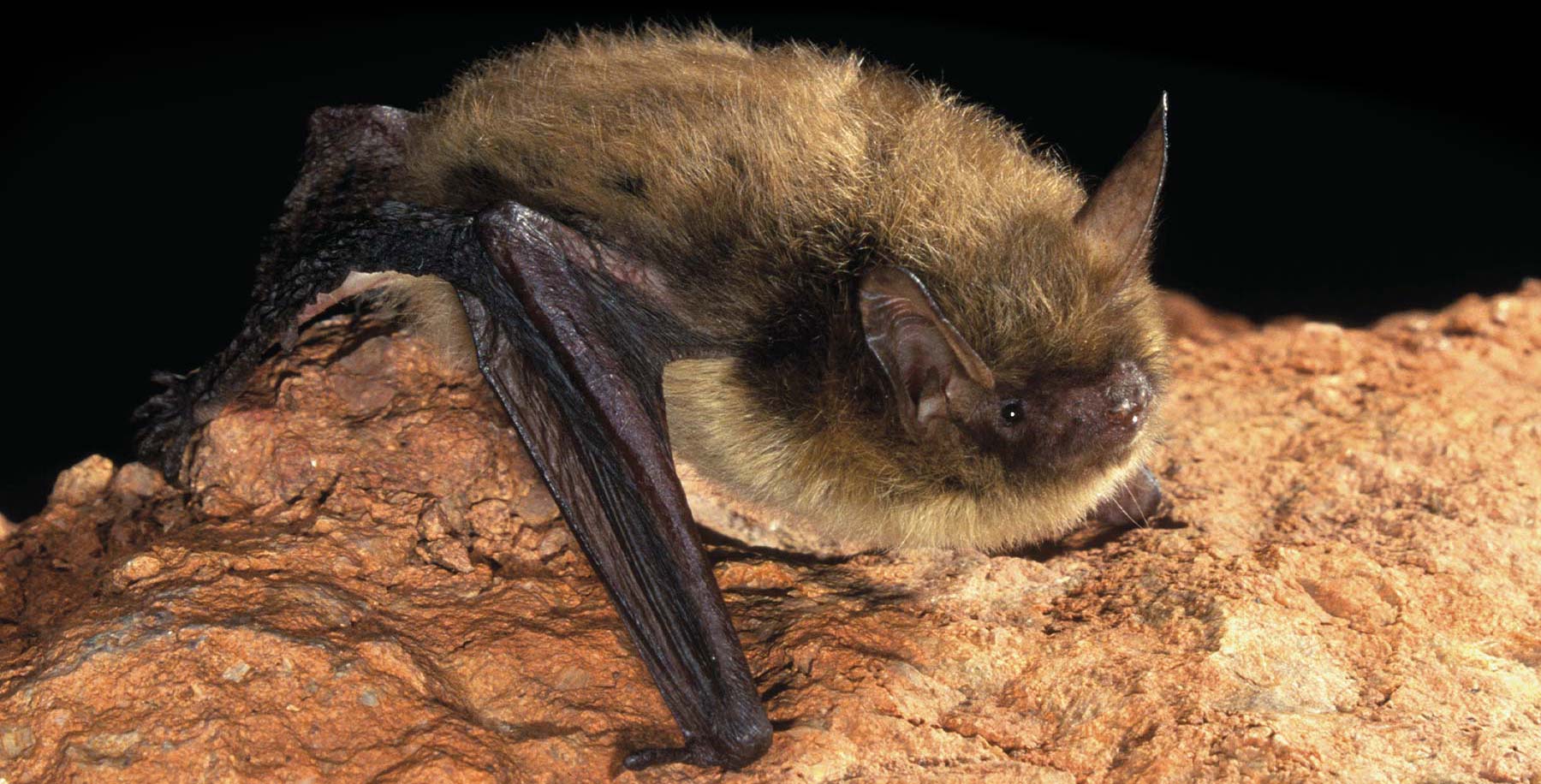
batsignals

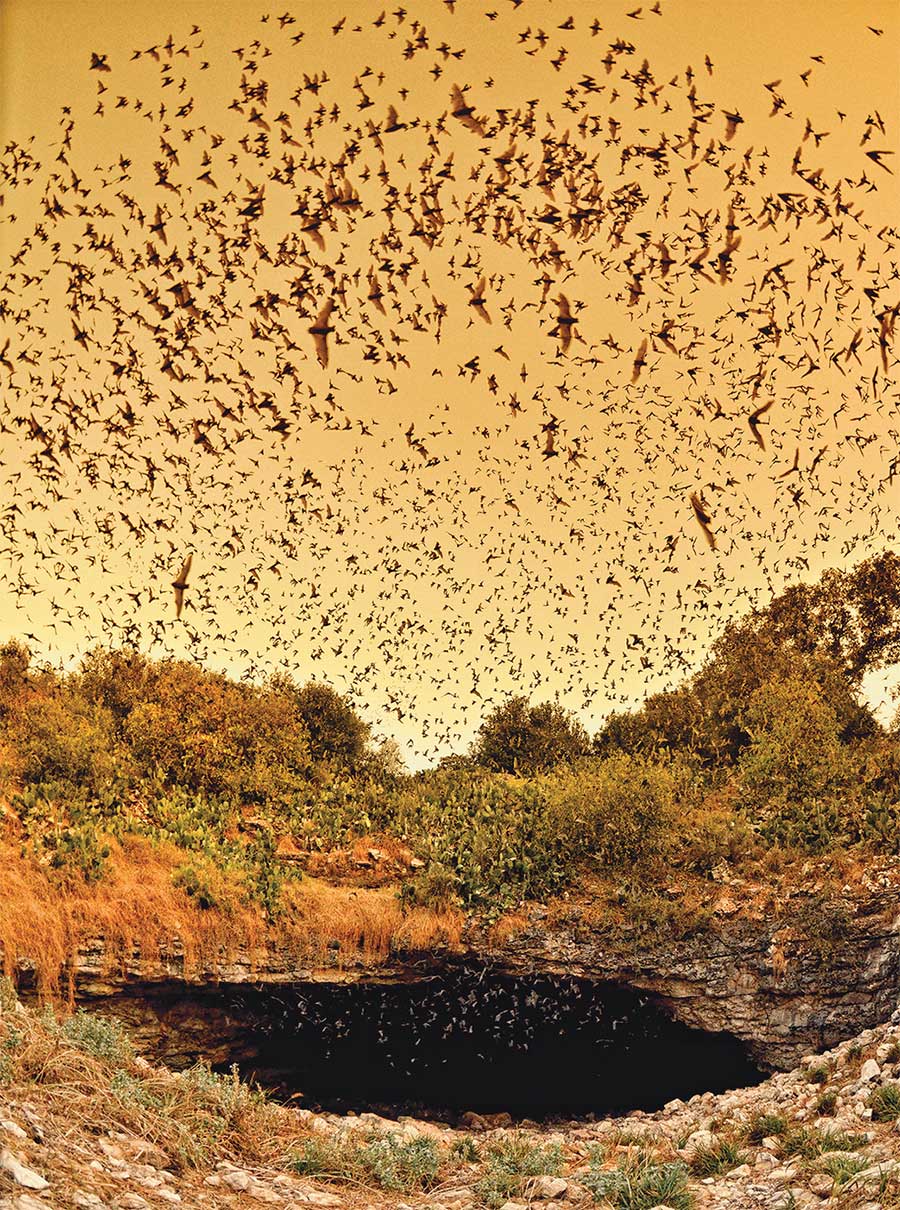
See Bracken Cave’s Batnado This Summer
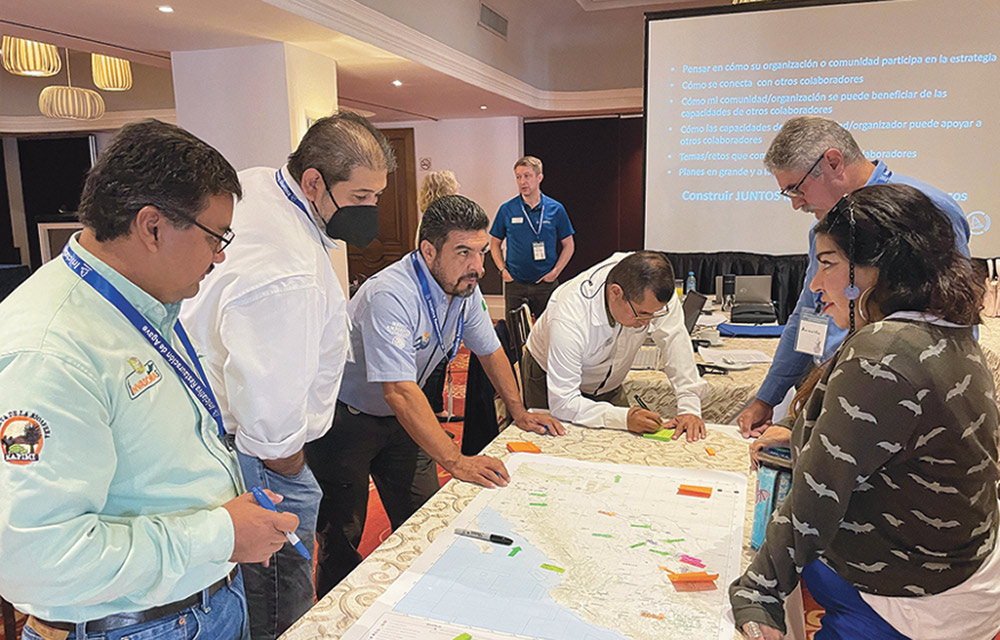
Coming Together to Save Mexico’s Bats
Organizers initially thought around 30 people would attend the 2022 meeting, and they were thrilled when the turnout far exceeded their expectations, with 67 people attending from 22 organizations and communities. Over two and a half days, participants attended workshops and working groups, sharing experiences, challenges, and their hopes for future work.

Hildegarde’s Tomb Bat
Binomial
Family
Colony size
Weight
Diet
Status

long the coast of Kenya and Tanzania lies a narrow strip of land riddled with caves that provide essential habitat for a species found nowhere else: the Hildegarde’s tomb bat (Taphozous hildegardeae). This high-flying, sheath-tailed bat roosts in the caves and forages in dry coastal forests and scrublands, from Malindi in the north to Dar es Salaam in the south, as well as the islands of Pemba and Zanzibar. The species is increasingly threatened due to habitat destruction and other activities in and around the caves.
In 2020, the International Union for the Conservation of Nature (IUCN) officially listed the Hildegarde’s tomb bat as Endangered due to its limited range, fragmented colonies, and habitat decline. According to Dr. Paul Webala, senior lecturer in wildlife biology at Maasai Mara University in Narok, Kenya, who is co-author of the IUCN report, the population of Hildegarde’s tomb bats in Kenya may number fewer than 10,000—possibly no more than 5,000—bats. The numbers in Tanzania are unknown.
Communities that Care
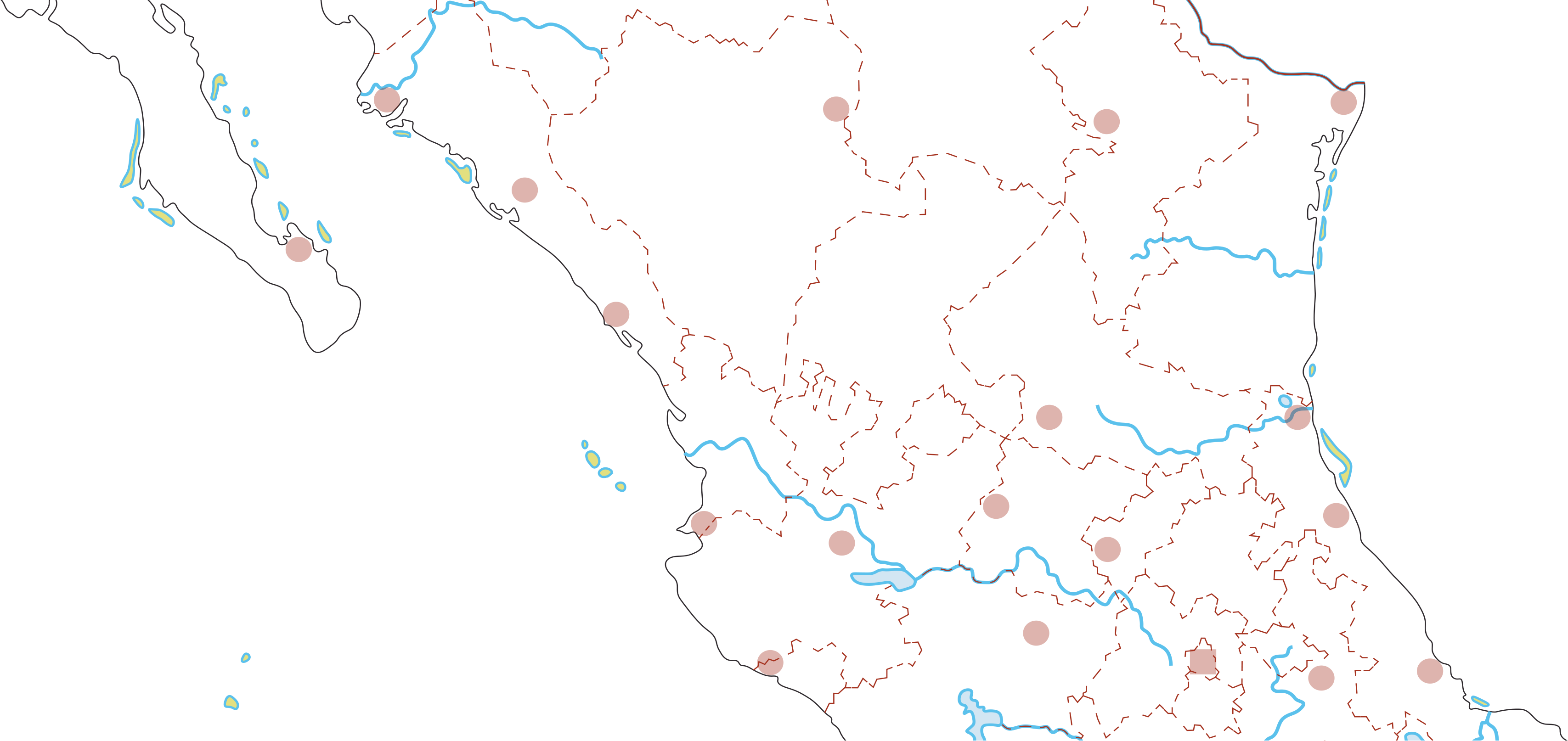


ver seven days in October 2022, a group of eight farmers and ranchers from Sierra La Mojonera, a protected natural area in northern Mexico, joined Bat Conservation International (BCI) Strategic Advisor for Endangered Species Dr. Ana Ibarra and staff from Mexico’s National Commission of Protected Areas (CONANP) to travel 2,216 miles throughout northern Mexico. This “Exchange of Experiences” trip focused on protecting land for bats and other species. It also introduced the eight ejido members—rural producers who live on and use communal land for agriculture and ranching—to producers from protected areas in other parts of the country to learn about sustainable land management that will simultaneously support the producers’ livelihoods and bat conservation.
Springs, waterholes, and vegetation are key to restoration work
By Lynn Davis
Quenching Bats’ Thirst in the Parched Southwest

ater is the new gold in the southwestern United States. High temperatures, increased evaporation of surface water, and reduced snowfall have resulted in unprecedented water shortages in western reservoirs, according to a report from the Climate Office of the National Oceanic and Atmospheric Administration (NOAA). The report projects broad threats to drinking, agricultural, and tribal water supplies, noting that hydropower generation, fishing, and recreational activities are also at risk. These shortages also impact wildlife, including bats.
BCI Water for Wildlife Field Lead, Ethan Sandoval, speaks with boots-on-the-ground knowledge of the impact of diminishing water resources on North American bats.


The Bat Island of the Caribbean
“It’s one of those extravagantly decorated bats with echolocation,” Trinidadian naturalist Geoffrey Gomes says. “It has the big ears, big noseleaf. It is quite stunning in its sort of bizarre look.”
The only endemic mammal known to exist on Trinidad and Tobago is Sir David Attenborough’s myotis (Myotis attenboroughi), which has only been found on Tobago, and was identified fairly recently.

A Tool to Solve Migration Mysteries
For the past few years, Dr. Lear’s team has been examining whether they could use environmental DNA, or eDNA, to detect the presence of nectar-feeding Mexican long-nosed bats (Leptonycteris nivalis) on agave flowers, which grow throughout Texas, New Mexico, Arizona, and Mexico.
Recently, Dr. Lear and colleagues published a paper that shows sampling for eDNA on the blossoms works and can detect the presence of Mexican long-nosed bats.


After the Fire
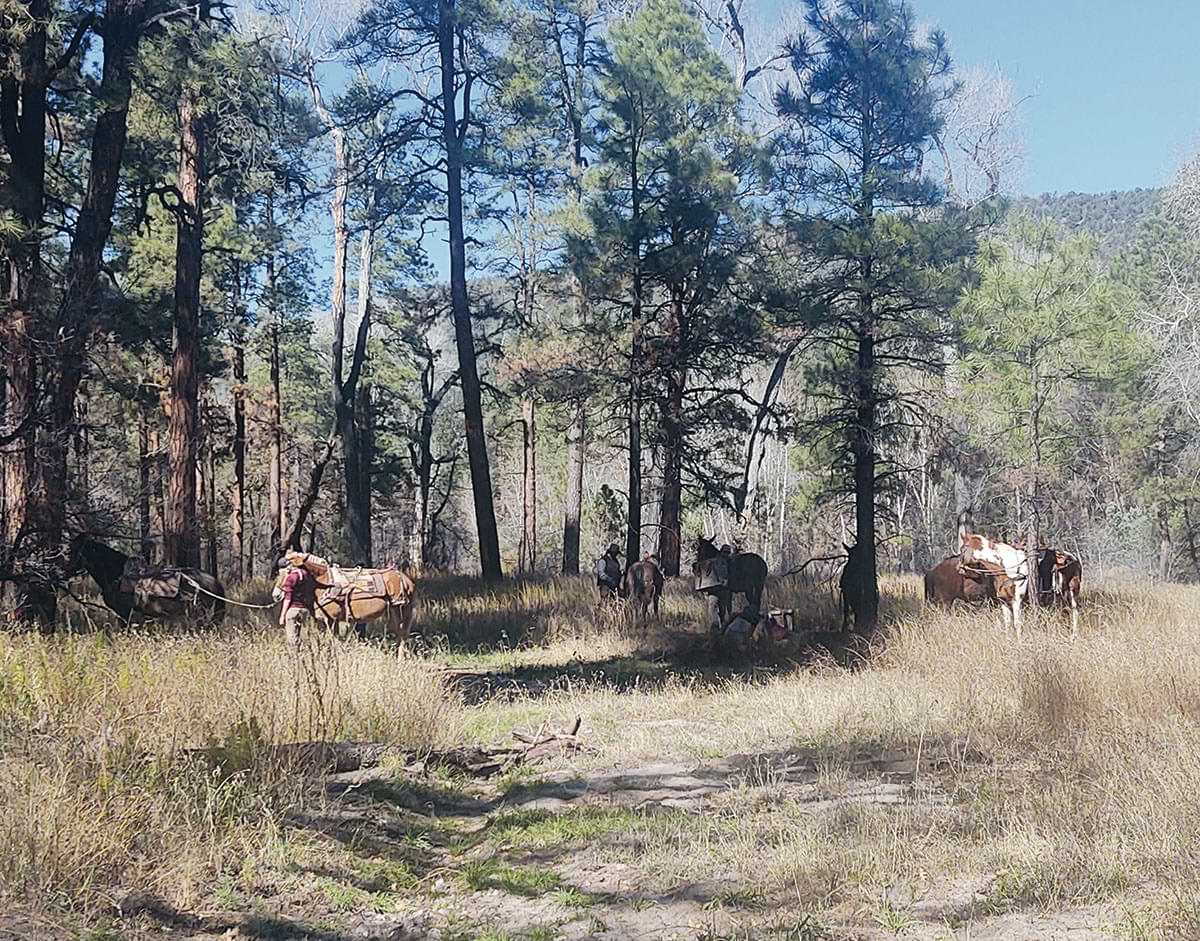
July 2, 2022. The U.S. Forest Service incident commander announces that the fire has been contained, but some areas of the forest, including a thick stand of dead trees on a steep slope, continue to burn. The commander reports that 319 personnel have been deployed to achieve this level of containment.
fieldnotes

Illustrating Bats


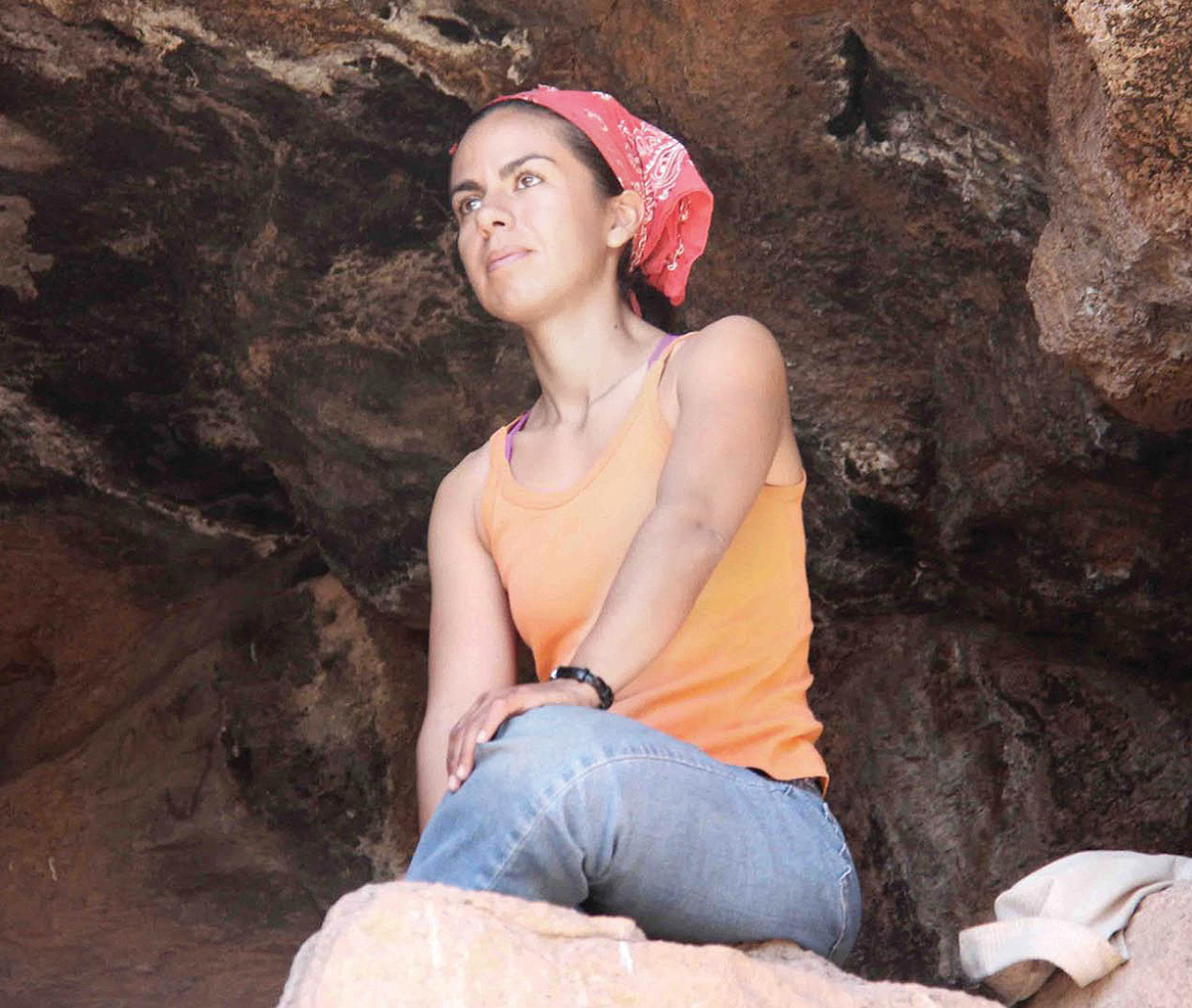
Dr. Veronica Zamora-Gutierrez sees working with more cave-dwelling bats in the future.
Staying Connected with Pitaya
r. Veronica Zamora-Gutierrez wants people in Mexico to know that bats provide value to ecosystems. A researcher at Centro Interdisciplinario de Investigación para el Desarrollo Integral Regional (CONACYT-CIIDIR IPN) in Durango, Mexico, she is a former BCI Student Scholar interested in studying ecosystem services that show how bats fit into the landscape and benefit people.
What is the current focus of your research?
I’m studying the ecosystem services of pollinating bats. We study a crop in Mexico called pitaya, which is very culturally and economically important in some areas. Pitaya is a fruit that grows on certain species of columnar cactus, generally from the genus Stenocereus. In collaboration with colleagues from the University of Southampton, UK, we were able to place an economic value on bat pollination of pitaya. It was not just a mathematical extrapolation—we worked with the community and estimated the dependence of the crop on bats. This study gave us a deep understanding of how important bats are for the community that relies on harvesting pitaya.

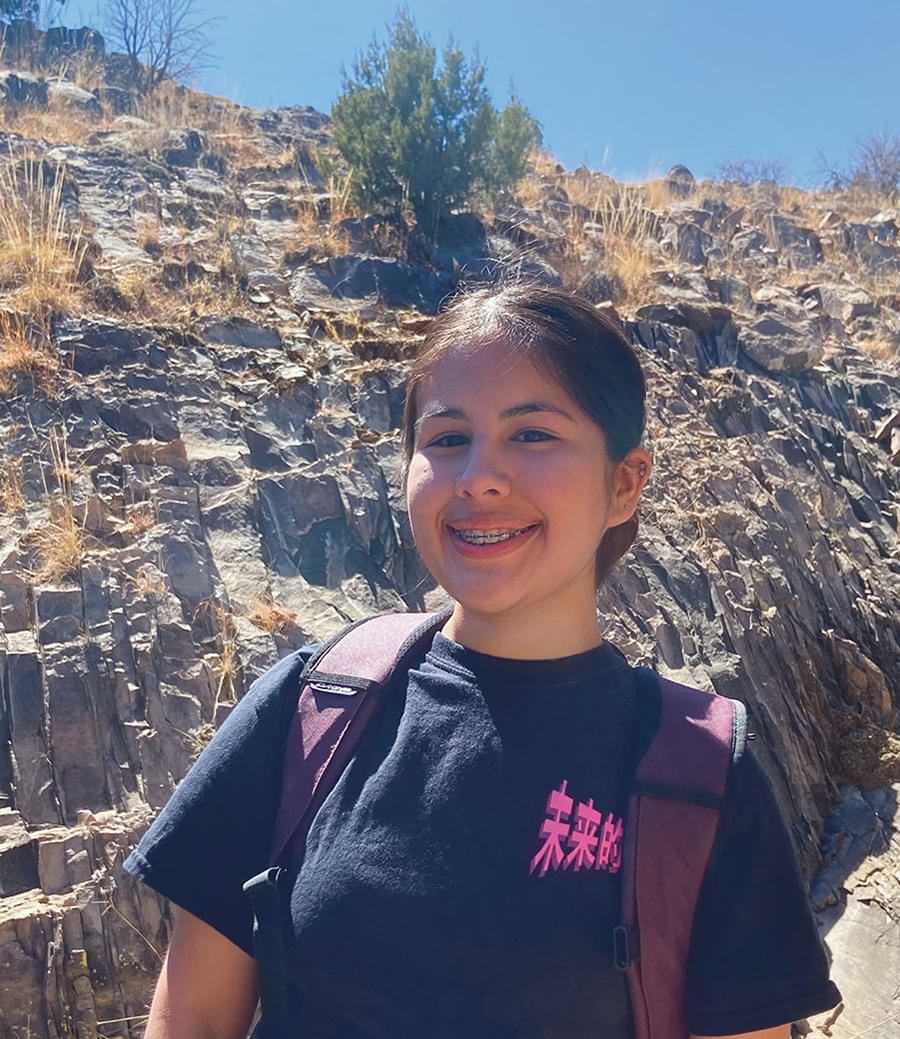
Getting Up Close and Personal with Texas Bats
ust like her dad did in 2000, Austin, Texas, high school senior Jasalyn Franco joined Austin Youth River Watch. The group provides hands-on environmental education for high school students. Last summer, Bat Conservation International helped the group put on a “bat week” program that Franco and other students participated in to learn more about bats.
